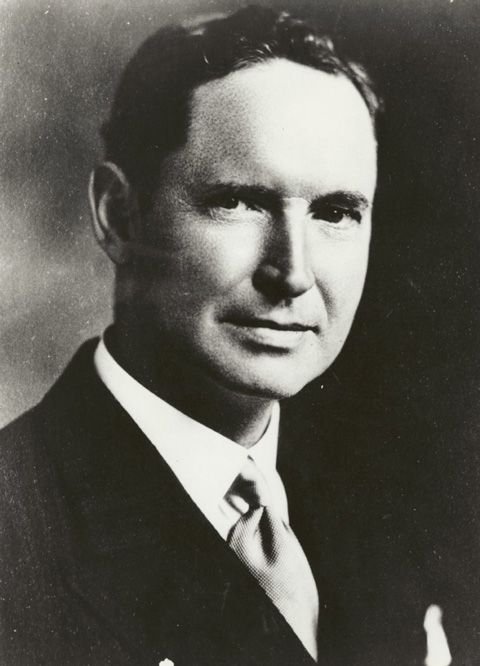Thomas Adams National Historic Person (1871–1940)

© Nova Scotia Archives.
Thomas Adams was a prominent town planner in early-20th-century Canada. He influenced the adoption and amendment of provincial planning legislation modelled on the British example in Ontario, Saskatchewan, Alberta, Manitoba, Nova Scotia, New Brunswick, and Prince Edward Island. In the process, he helped to implement and enforce the responsibility of professional planners in the civil service, and strengthened the role of government in managing urban growth. He was also a sought-after planner who provided advice on the design of urban landscapes in Canada and Newfoundland, and led the development of company towns and innovative public housing projects, such as Lindenlea in Ottawa and the Hydrostone district of Halifax, which he planned as part of a broader effort to rebuild the working-class neighbourhood of Richmond after the Halifax Explosion of 1917. These designs, together with his mentorship of other planners, helped advance an approach to planning that married a City Efficient philosophy with the characteristic elements of a Garden City. In addition, he led the early professionalization of planning in Canada, establishing the first professional journal (1915), publishing the influential Rural Planning and Development: A Study of Rural Conditions and Problems in Canada (1917), and serving as founding president of the Town Planning Institute of Canada in 1919, which continues to provide leadership to planning professionals as the Canadian Institute of Planners.
Born in the Scottish village of Corstophine, Thomas Adams was largely self-educated and held a variety of positions before he joined the Garden City Association in 1901. He played a leading role in its development of several model Garden Cities on the British Isles, including the well-known Letchworth Hall estate. In 1909, he joined the British Local Government Board as Town Planning Assistant, a position that brought him to North America. Recruited by the Canadian Commission of Conservation, which was exploring the possibilities of urban reform, Adams served as its Town Planning Advisor from 1914 until its abolition in 1921. Thereafter, Adams and other members of its Town Planning Branch came under the purview of the National Parks Division of the Department of the Interior. He remained in this position until 1923.
During his short time in Canada, from 1914 to 1923, Adams used his position as Town Planning Advisor to the federal government and his authority as a prominent British planning expert to advance the profession of town planning. He advocated for the adoption of planning legislation, published landmark studies, and established the Town Planning Institute of Canada in 1919. In addition, he consulted on the design of communities across Canada and Newfoundland.
After 1921, Adams spent more and more time in the United States, where he consulted on planning projects and lectured at the Massachusetts Institute of Technology. When his contract with the federal public service ended in 1923, Adams left Canada, and accepted an appointment as Director of Plans and Surveys for the Committee on the Regional Plan of New York and Its Environs. He resigned in 1929, after leading the preparation of a ground-breaking, 10-volume regional plan for New York. Adams taught planning at Harvard University and published several more books before his death in Sussex, England, in 1940, after a short illness.
The National Program of Historical Commemoration relies on the participation of Canadians in the identification of places, events and persons of national historic significance. Any member of the public can nominate a topic for consideration by the Historic Sites and Monuments Board of Canada.
- Date modified :